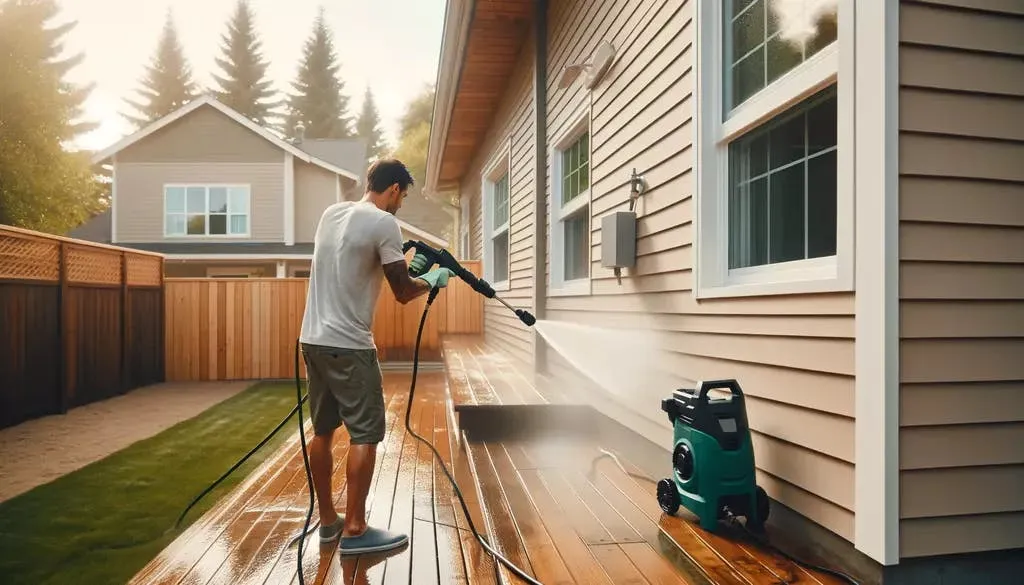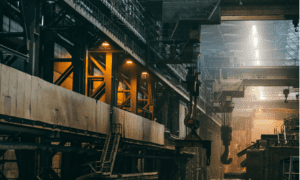Introduction
Maintaining your roof is crucial, not just for the aesthetics of your home, but for its overall health and longevity. In Wellington, where the climate can be particularly challenging for roofs, regular roof washing is essential. This guide will walk you through everything you need to know about roof wash Wellington, from understanding the basics to hiring professionals.
Understanding Roof Washing
What is Roof Washing?
Roof washing involves cleaning your roof to remove debris, moss, algae, lichen, and other contaminants that can cause damage over time. It’s a preventive measure that helps in maintaining the structural integrity and appearance of your roof.
Benefits of Regular Roof Washing
- Extended Roof Lifespan: Regular cleaning prevents damage caused by moss, algae, and lichen.
- Improved Aesthetics: A clean roof enhances the overall look of your home.
- Energy Efficiency: Clean roofs reflect sunlight better, helping to keep your home cooler in the summer.
Common Roof Issues in Wellington
Moss and Algae Growth
Wellington’s damp climate is a breeding ground for moss and algae, which can deteriorate roofing materials if not addressed.
Lichen and Mold
These organisms can penetrate roofing materials, leading to leaks and structural damage.
Weather-Related Damage
High winds, heavy rains, and salt air from the coast can cause significant wear and tear on roofs in Wellington.
Types of Roof Washing Techniques
Soft Washing
Uses low-pressure water combined with cleaning solutions to remove contaminants without damaging the roof.
Pressure Washing
Involves high-pressure water to blast away dirt, moss, and algae. It’s effective but can be harsh on some roofing materials.
Chemical Treatments
Special chemicals are applied to kill moss, algae, and lichen, preventing them from growing back quickly.
Choosing the Right Roof Washing Method
Factors to Consider
- Roof Material: Different materials require different cleaning methods.
- Extent of Contamination: Heavy moss and algae might need more intensive cleaning.
- Environmental Impact: Consider eco-friendly options to minimize harm to the surroundings.
Pros and Cons of Each Method
- Soft Washing: Gentle on the roof but might need repeated applications.
- Pressure Washing: Quick and effective but can damage certain materials.
- Chemical Treatments: Long-lasting results but may have environmental implications.
DIY Roof Washing Tips
Safety Precautions
- Always use a safety harness.
- Wear non-slip shoes.
- Ensure your ladder is stable.
Essential Tools and Materials
- Ladder
- Garden hose or pressure washer
- Cleaning solutions
- Soft brush
Step-by-Step Guide
- Inspect the roof for damage.
- Clear debris manually.
- Apply the cleaning solution.
- Rinse thoroughly with water.
- Inspect the roof post-cleaning.
Hiring Professional Roof Washing Services
Benefits of Professional Services
- Expertise and experience.
- Proper equipment and techniques.
- Guaranteed results.
How to Choose the Right Service Provider
- Check reviews and testimonials.
- Ensure they are licensed and insured.
- Compare quotes from different providers.
Cost of Professional Roof Washing in Wellington
Prices can vary based on roof size, degree of contamination, and chosen cleaning method. On average, expect to pay between $200 and $500.
Environmental Considerations
Eco-Friendly Cleaning Solutions
Opt for biodegradable cleaning solutions to minimize environmental impact.
Impact on Surrounding Landscaping
Ensure runoff from roof washing does not harm your garden or lawn.
Frequency of Roof Washing
How Often Should You Wash Your Roof?
Generally, a roof should be washed every 1-2 years. However, this can vary based on local conditions and the type of roof.
Signs That Your Roof Needs Washing
- Visible moss, algae, or lichen.
- Dark streaks or stains.
- Accumulation of debris.
Preventative Measures
Roof Coatings and Sealants
Applying a protective coating can help prevent the growth of moss and algae.
Regular Inspections
Conducting regular inspections can catch problems early before they require extensive repairs.
Case Studies: Roof Washing in Wellington
Success Stories from Local Homeowners
Many Wellington homeowners have seen dramatic improvements in the look and longevity of their roofs after professional cleaning.
Before and After Comparisons
Photos showcasing the transformation can be quite convincing, highlighting the effectiveness of roof washing.
Common Mistakes to Avoid
Over-Washing
Too frequent washing can wear down roofing materials.
Using the Wrong Chemicals
Harsh chemicals can damage the roof and harm the environment.
Ignoring Safety Protocols
Roof washing can be dangerous without proper safety measures.
FAQs About Roof Washing
- How long does a roof washing take?
- Typically, it takes a few hours, depending on the roof size and level of dirt.
- Is roof washing safe for all roof types?
- Yes, but the method used should be appropriate for the roof material.
- Can roof washing extend the life of my roof?
- Absolutely, by preventing damage caused by contaminants.
- What if my roof has existing damage?
- Address repairs before washing to avoid exacerbating issues.
- Are there any risks involved?
- Risks include potential damage from improper washing techniques and safety hazards if done without precautions.
Conclusion
Roof washing is a vital part of home maintenance, especially in Wellington’s challenging climate. Regular cleaning not only enhances your home’s appearance but also extends the life of your roof. Whether you choose to do it yourself or hire professionals, understanding the process and best practices is essential. Keep your roof pristine and protect your investment with proper care.





























